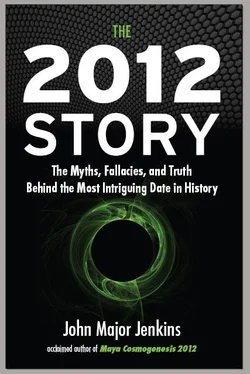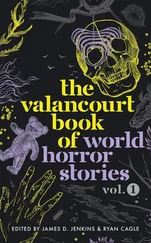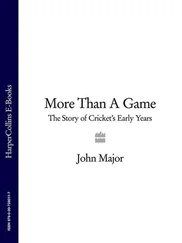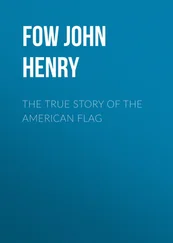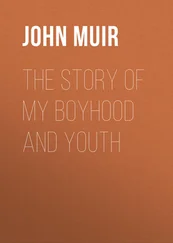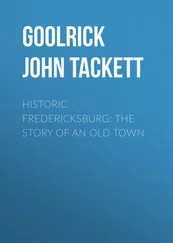The era of Argüelles coincided with this rise of New Age spiritual materialism, a trendy self-help approach to ancient perennial wisdom that appealed to the boomer generation and typified books of this genre written in the 1980s. Admittedly, Argüelles is very much a unique breed of visionary writer and his legacy combines the qualities of a Carlos Casteneda, the channeled Seth material, the mystic art of Robert Fludd, and the incomprehensibil ity of a Buckminster Fuller on LSD, with a dash of Merlin playing the pipes of Pan for good effect. 10José Argüelles, one-half of a dyad with his twin brother Ivan (a poet), started his career with a fascinating PhD thesis from the University of Chicago, which became the book Charles Henry and the Formation of a Psychospiritual Aesthetic . That was followed by an artistic compilation called Mandala, which did so well he was able to buy a house in Oakland with the royalties. 11The evolution of this artist-mythmaker can be traced in his books, and his recent autobiography provides many more details. His ideation changed rapidly after 1979, when “he was at the peak of his alcoholism, and his marriage of 13 years was about to collapse, along with his entire life as he knew it.” 12His well-documented and intriguing book The Transformative Vision (1975), which he considered his seminal text, was a far cry from the cosmic diagrams and inventive speculations of Earth Ascending (1984).
Along the lines of Buckminster Fuller’s integrative vision, Earth Ascending wove connections between DNA, the I Ching, and the Maya sacred calendar. While Argüelles was teaching at the University of Colorado in Boulder in 1985, he invited a Maya day-keeper from Mexico named Hunbatz Men to come and speak. That friendship set the stage for later developments, including the spread of Argüelles’s ideas to Mexico. Something opened up in the mid-1980s as Shearer’s old Harmonic Convergence date approached. The stage was prepared, the curtain rose, and Argüelles walked on. Shearer himself did his own thing with the Harmonic Convergence date, involving a presentation he gave near Denver. 13
The up-and-coming New Age publisher Bear & Company got strategic with the Maya material and collaborated with Argüelles for his 1987 book The Mayan Factor . Bear & Company was cofounded by radical Christian theologian Matthew Fox. When Barbara Hand Clow stepped up to run Bear in the mid-1980s, it became a conduit for popular Native American teachings as well as books on Pleiadian channeling—Clow’s own métier, as we can see in her various books, an exception being her less overtly channeled Pleiadian Agenda (1995), which presented a smorgasbord of 2012 ideas. The Native American Medicine Cards oracle was a huge hit for Bear & Company, as was Barbara Marciniak’s Bringers of the Dawn .
An idea called the Photon Belt appeared in Marciniak’s book, which was a vaguely defined mystical concept that visualized the earth passing through a photon beam, or belt of energy, that supposedly emanates from the Galactic Center. As earth travels through space it would enter this zone of increased energy, connecting us to the Pleiadian interdimensional superhighway, and all kinds of speculations were offered as to what it would mean. (The beam was also sometimes described as sweeping through space.) The topic merged nicely with UFOs and crop circles. Communications or visits with extraterrestrials, enlightenment of the race, lizard alien takeovers—the Photon Belt’s extended family of scenarios was large and creative.
A variation of this Photon Belt idea became a major component in Argüelles’s The Mayan Factor book, which he connected with 2012 and called “galactic synchronization.” In Brian Swimme’s introduction to The Mayan Factor , we find an explanation of what the galactic beams are, astronomically speaking:
Current astrophysics describes these beams as density waves that sweep through the galaxy and that influence galactic evolution. For instance, our Sun’s birth was a result of this wave… the density wave passed through and ignited a giant star, which exploded and evoked our own Sun’s existence. 14
Galactic synchronization, “synchronization with the beyond,” is, according to Argüelles, “to surpass all fantasy and all of our wildest dreams.” 15
This idea eventually morphed into a concept involving the orbit of our solar system around the Galactic Center, in an up-and-down motion above and below the galactic plane over some 240 million years. Our solar system is in this way thought to enter different “density sectors” in its passage through space (see the figure on page 234). Argüelles believed that our passage through the “synchronization beam” was linked to the 5,125-year Great Cycle of 13 Baktuns. It was an evolutionary beam, which he philosophized with artistic finesse in his book, and 2012 represented the critical emergence point, our last chance for “getting on the beam” before we left its transformative presence.
The only thing I need to emphasize here, which I’ll clarify later, is that these concepts have nothing to do with the “galactic alignment” astronomy that is demonstrably embedded in the Maya Creation Mythology and other traditions. The galactic alignment and galactic synchronization are not at all the same thing. I was adamant about the distinction from the get-go, and for more than a decade have clarified the issue in my books, on my website, and in interviews. 16Unfortunately, today the concepts are still frequently confused, to the detriment of understanding a key concept of ancient Maya cosmology that demonstrably relates to 2012. In addition, the galactic alignment concept as I have defined it has been retroactively adopted by or applied to Argüelles and others, even though there is no mention of it in their previous books. 17
In a 1991 article I wrote (reprinted in my 1992 book Tzolkin: Visionary Perspectives and Calendar Studies ), I took an open-minded position on the larger visionary work that Argüelles was doing and defended the role of the mythmaker in our society, especially at critical ideological junctures like the one we find ourselves in:
The role of the myth-makers is hard to understand. They seem to break with tradition and flaunt a speculative certainty; they seem just one step up from a raving maniac or doomsayer… The myth-maker recognizes the end as a new beginning and starts to formulate the new values and myths to serve the changing needs of humanity. A myth maker is a living oracle for the vaguely sensed needs of a people undergoing transformation. It is a time to create the future, not arbitrarily or according to one person’s agenda, but based on collective need; the “new world order” in a sense “congeals” or crystallizes from the field of human unfolding. A myth-maker facilitates this birth by naming what’s happening. 18
And Argüelles is without doubt a mythmaker. But I also knew that a free-form kind of mythmaking can be dangerous—especially if it develops into a self-referential system divorced from traditional principles (in this instance, the facts of the Maya calendar), dislocating rather than illuminating the core ideas. It then makes a gamble for being a “new dispensation” or falls off as an irrelevant sideshow. It can grow as a new dispensation only if it has a clear channel into universal wisdom, or Truth (with a capital T in the theological sense of that which is rooted in the higher spiritual wisdom).
By 1991 Argüelles’s nascent Dreamspell group promoted July 26, 1992, as the next Harmonic Convergence, a date that would supposedly signal the beginning of the final Katun (20-year period) of the Great Cycle of 13 Baktuns. July 26 was presented as New Year’s Day, to be celebrated right after the “day out of time,” July 25, which was a necessary fudge factor in order to incorporate the 364-day 13-moon calendar (another component of the Dreamspell system). If this all sounds complicated and contrived, as well as not recognizable as having much to do with the real Maya calendar, it is and it doesn’t. And it’s just the tip of a very messy iceberg.
Читать дальше
